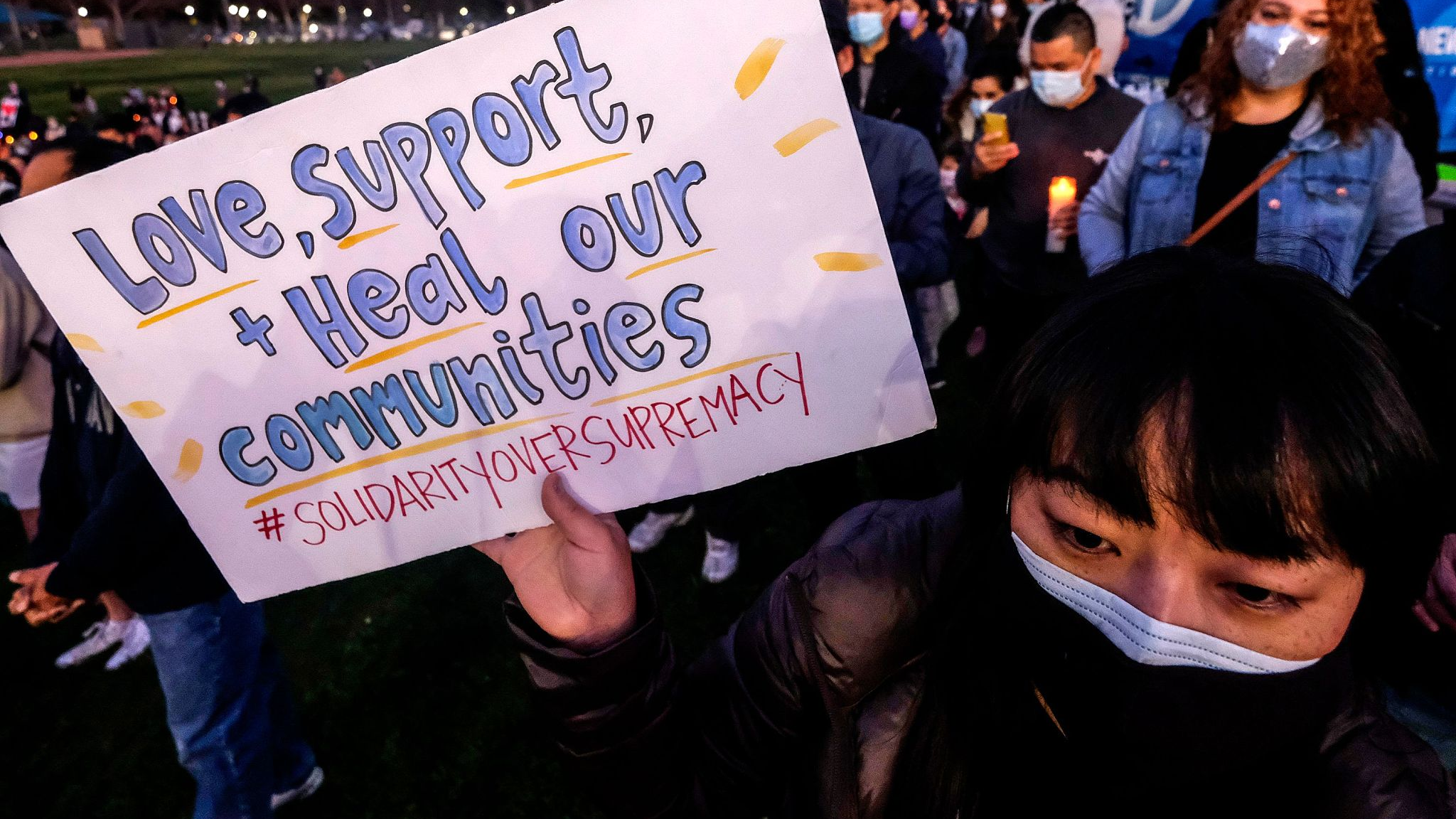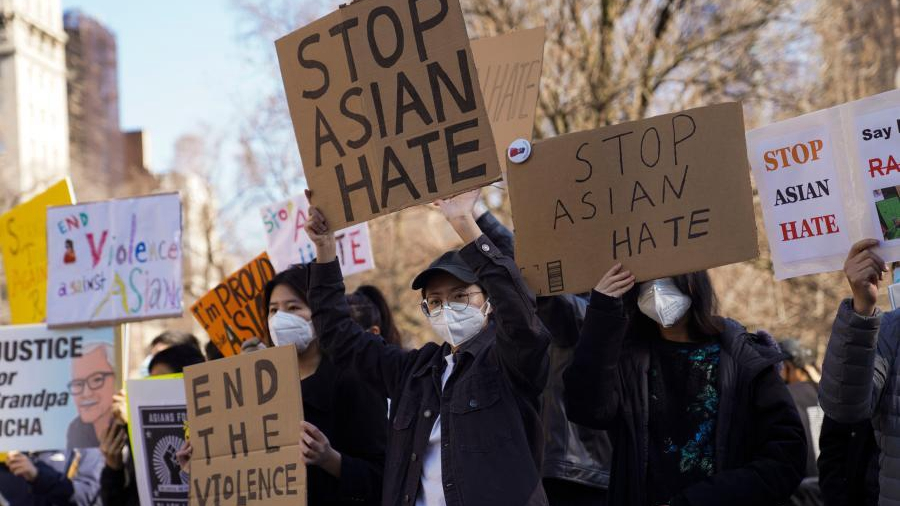Chelsey Cox
USA TODAY
3/27/2021
The claim: Obama and George Soros created antifa
Does anti-fascist movement antifa have ties to the federal government? A Facebook post referencing an alleged Justice Department investigation makes this claim.
The Feb. 4 post is a screenshot of an apparent article or blog entry titled "ANTIFA Leads Directly To Barack Obama."
Former Attorney General William Barr launched an investigation into antifa at the request of former President Donald Trump, according to the claim. Antifa – short for "anti-fascist" – is a political protest group without central leadership. Its members engage in counter-demonstrations at far-right wing events and protests, according to the Anti-Defamation League.
"ANTIFA is the creation of Barack Obama and George Soros," the claim states. "And it is even partially funded with taxpayer money, something that will be coming to a swift end."
USA TODAY reached out to the poster for comment.
Related fact checks:
False claim of facial recognition of antifa members during U.S. Capitol riot
What's true about the Capitol riot, from antifa to BLM to Chuck Norris
Allegations that PepsiCo donated to antifa are false
Barr started an anti-government extremist task force
The Task Force on Violent Anti-Government Extremists was created to investigate perpetrators of violent acts amid peaceful protests in the wake of George Floyd's death, USA TODAY reported in June.
A memo about the task force released June 26 named the far-right wing "boogaloo" movement and antifa. At the time, members of antifa were not identified among the suspects, USA TODAY reported. The task force was referenced in a Sept. 4 press release about the arrest of two "Boogaloo Bois" for attempting to provide support to a foreign terrorist organization.
USA TODAY reached out to the Justice Department for an update on the task force.
Despite Barr's initiative, there is no evidence suggesting the Justice Department discovered an illicit connection between former President Barack Obama and philanthropist George Soros.
Claim has origins in satire
The screenshot in the Facebook post is of the headline and first paragraph of an article from Obamawatcher.com. The blog is a parody site that hosts satirical content, according to an "About us" page.
Obamawatcher's "Kraven Moorehead" wrote that Barr's lead investigator, Joseph Barron, found Soros recruited Obama to help create antifa in exchange for funding the former president's senatorial and presidential campaigns. Soros, a Hungarian businessman and investor, is a prolific donor to the Democratic Party, according to the BBC.
The writer admitted the story was a satirical fabrication at the end of the article.
"Billions of dollars were flowing into the coffers of ANTIFA, the 'grassroots' movement of liberals and leftists. The completely made-up scenario from the president and his supporters was finally coming together," he wrote. "While Trump hid out in the bunker, Barron concluded that the entire thing was much ado about nothing. It was just… Obama’s fault. That’s what he would tell him."
The Facebook claim's satirical origins were not noted on the screenshot or in the post caption.
Our rating: False
We rate this claim FALSE, based on our research. A Facebook post suggesting anti-fascist group antifa was created by former President Barack Obama and Democratic donor George Soros is derived from a work of satire. The article referenced in the claim is clearly labeled satire on its website of origin, but not in the Facebook post.
Our fact-check sources:
Anti-Defamation League, accessed March 23: "Who are Antifa?"
USA TODAY, June 26, 2020: "Attorney General Barr creates task force to investigate anti-government extremists"
Kerri Kupec June 26, 2020, tweet
BBC News, May 31, 2018: "Profile: Billionaire philanthropist George Soros"
Department of Justice, U.S. Attorney’s Office, District of Minnesota, Sept. 4, 2020: "Two Self-Described 'Boogaloo Bois' Charged With Attempting To Provide Material Support To Hamas"
Obamawatcher, accessed March 22: "Barr’s Investigation Of ANTIFA Leads Directly To Barack Obama"
Obamawatcher, accessed March 22: "About us"
Thank you for supporting our journalism. You can subscribe to our print edition, ad-free app or electronic newspaper replica here.
Our fact check work is supported in part by a grant from Facebook.









